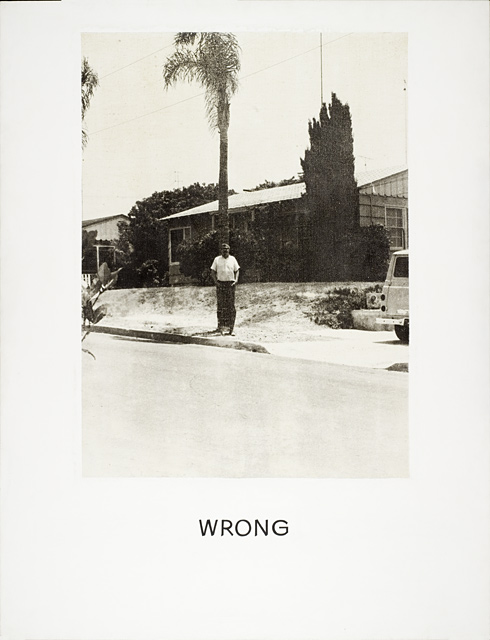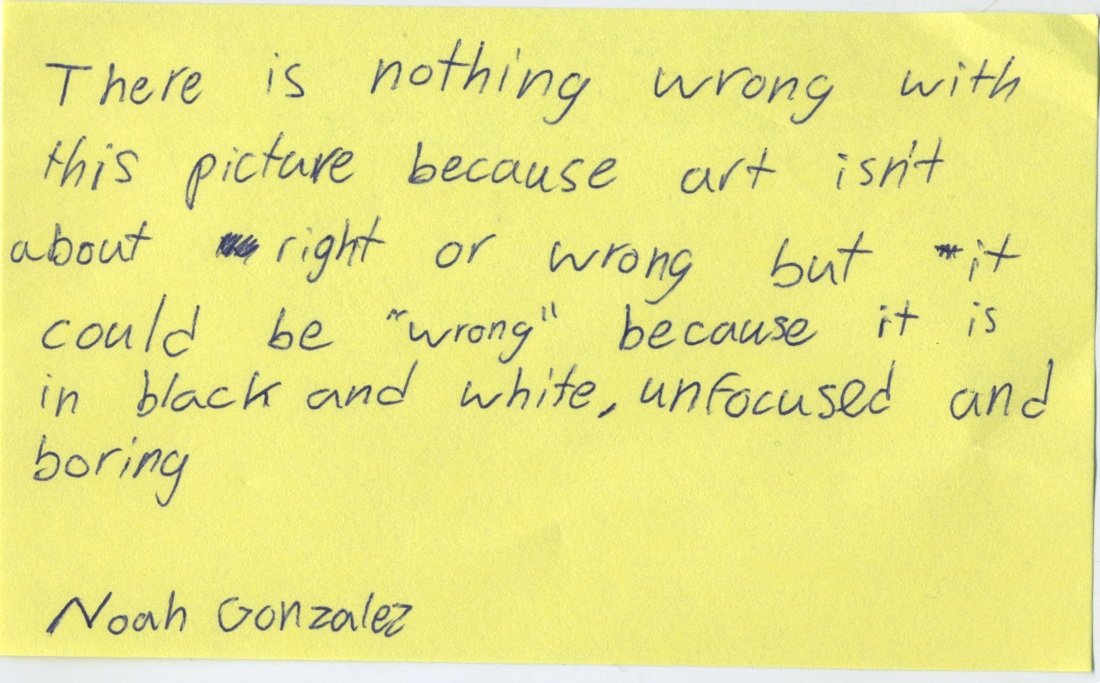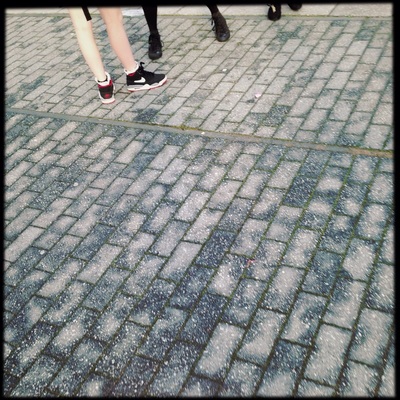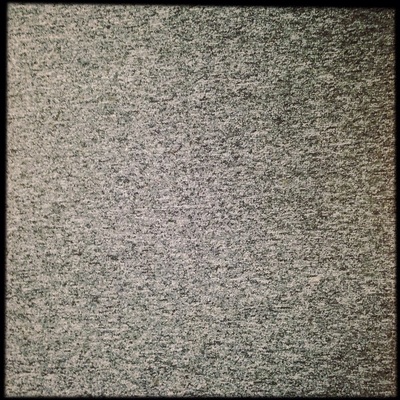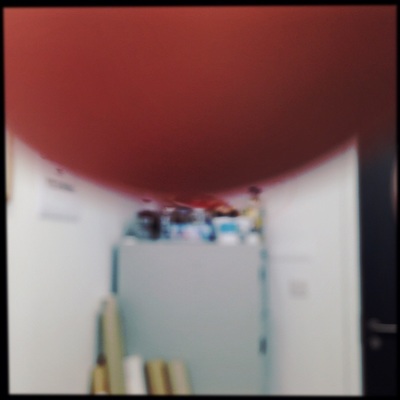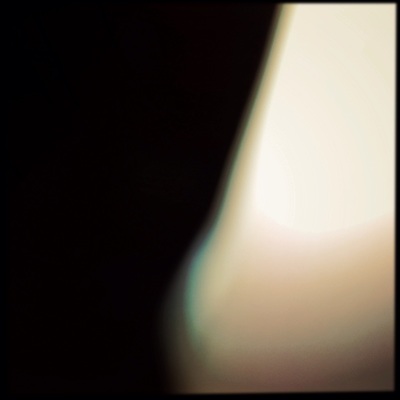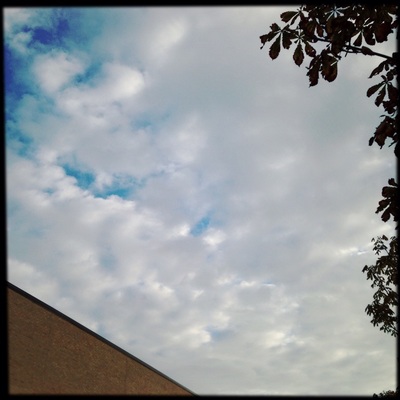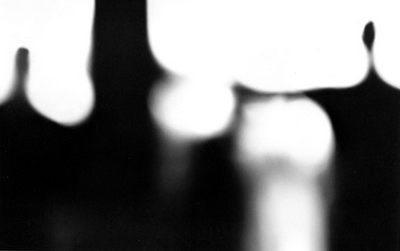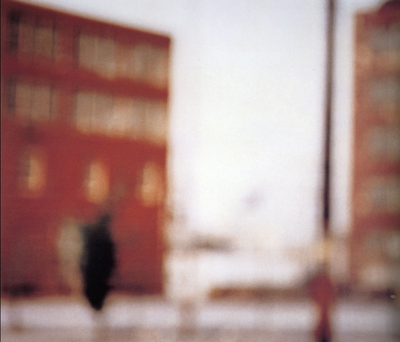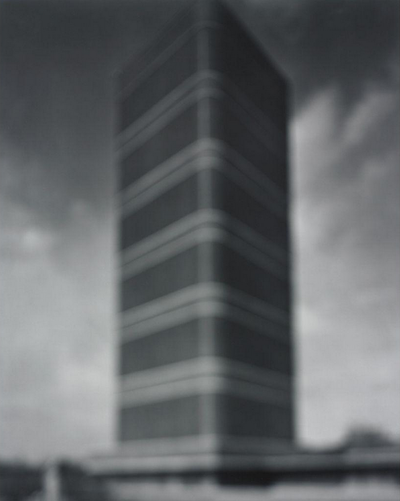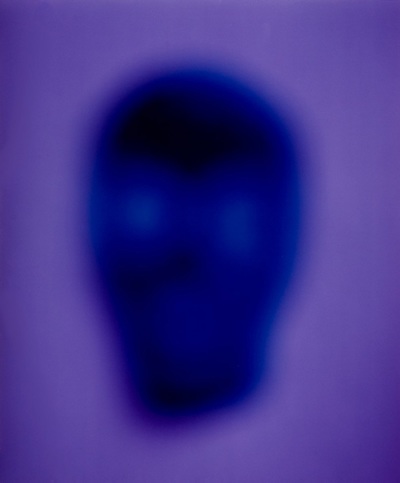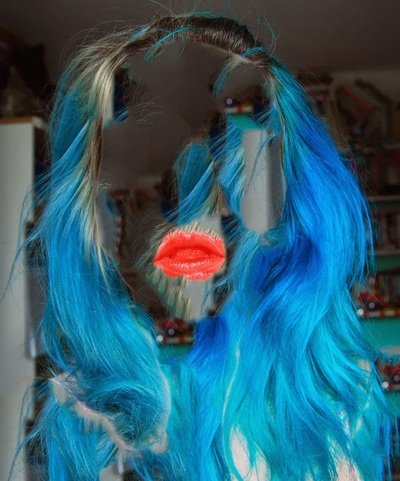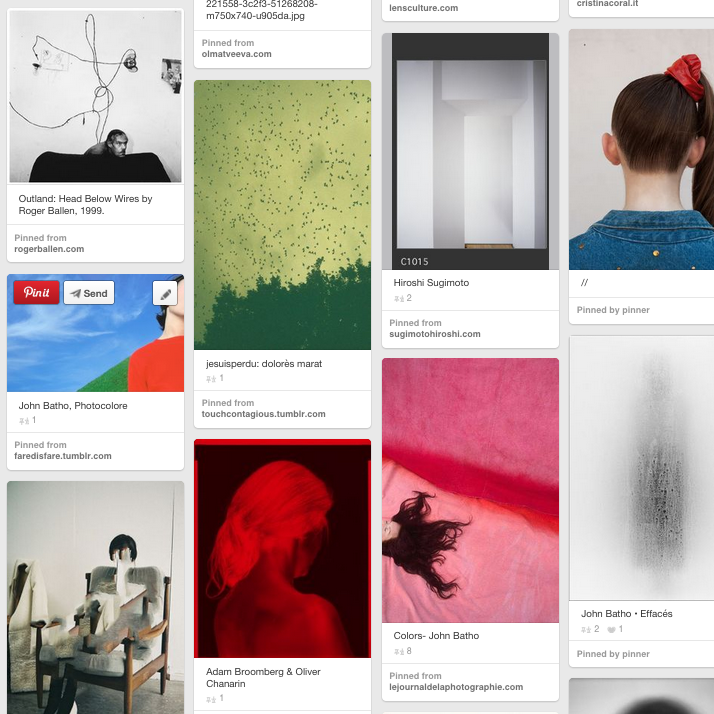KS3/4 Lesson Plan:
An introduction to photography with John Baldessari (for Year 9/10)
From Jon Nicholls, Thomas Tallis School
|
It might seem odd to begin a discussion with students about photography by referring to an artist who uses (and questions) photography rather than a photographer. However, by drawing attention to the 'rules' of photography (many of which students already know, without perhaps realising that they do) it is possible to do some really hard thinking about the nature of photography and our (unconscious) relationship to it as a way of seeing. John Baldessari is a famous contemporary artist. He is sometimes referred to as the Father of Conceptual Art. He sometimes uses photography in his work, often images that he has found and changed in some way. This video is a great introduction to his work and ideas.
|
|
For the purposes of this activity we are interested in one particular image entitled 'Wrong'. Ask students to look carefully at the image (below) and think hard about why they think it has been given the title 'Wrong' by the artist. Ask them to make a list of all the reasons why they think the image might be wrong. Remind them that there is no one right answer.
|
Post It notes are a great way of gathering opinions. They can be posted on the classroom wall as a collective record of students' opinions. You may wish to select a few of the statements and ask students to justify their views with close reference to the image. Again, given that there are no wrong answers, the emphasis should be on encouraging them to think divergently about the relationship between the word 'wrong' and the image.
|
Here are some examples of reasons supplied by students in Year 9:
|
Now, ask students to work in small groups to think collaboratively about the (hidden) 'rules' of photography.
For example:
Using whatever cameras you have available, ask students to create as many images as they can that are deliberately 'wrong', according to their own definition.
Here are some examples:
For example:
- photographs should be in focus
- people should not be cropped, especially their heads
- you shouldn't put your finger in front of the lens
Using whatever cameras you have available, ask students to create as many images as they can that are deliberately 'wrong', according to their own definition.
Here are some examples:
Finally, print or display the images and ask students to evaluate the images, explaining why they are 'wrong' and which 'rules' they have deliberately broken. Take the time to discuss with the students the purpose of rules or conventions in photography. Where do they come from? What use are they? To what extent should photographers be bound by them? When might it be a good idea to deliberately break the rules? Is it possible to break rules if you don't know they exist?
A possible extension to this activity could involve introducing students to the many photographers and artists who challenge conventional modes of representation in their work. For example:
A possible extension to this activity could involve introducing students to the many photographers and artists who challenge conventional modes of representation in their work. For example:
Challenging
|

